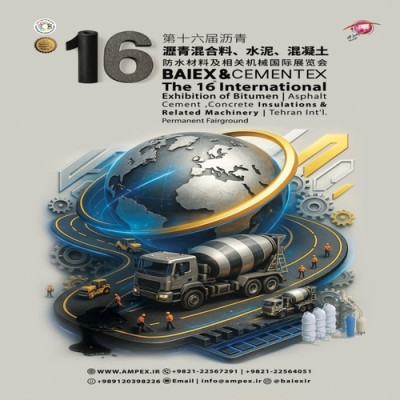A container is a standard box that is used to transport goods internationally.
citing Depo Kantin Industrial Group, these boxes are classified based on various factors, because knowing the types, dimensions, applications and specific characteristics of containers is essential for using them in international transportation and even in conversion projects.
Types of containers based on dimensions
Containers are always made with the standard dimensions determined by the International Standards Organization (ISO) in order to maintain the possibility of moving between ships, rails and semi-trailer trucks. The most common standard container sizes are 40 feet and 20 feet. In addition, non-standard containers are also produced for special projects and to the order of shipping companies and other real and legal entities.
20 feet container
20 feet containers, with a length of 6.10 meters, a width of 2.44 meters and a height of 2.59 meters, are among the most commonly-used types of containers. The dimensions of these containers create suitable conditions for transporting smaller goods, and boxes and pallets full of goods. The cell phone in your hand might have even reached you using a 20 feet container.
40 feet container
As its name suggests, a 40 feet container is exactly twice as long as a 20 feet container. The larger dimensions of the 40 feet container make it an ideal option for transporting large loads. The price of a 40 feet container is usually 30% higher than that of a 20 foot container. This issue makes buying one 40 feet container instead of two 20 feet containers a sensible decision.
HC or high cube containers
HC, HQ, or high cube containers, with a higher height than regular DC containers, help to easily move bulky and sometimes taller loads. The height of HC containers is 30 cm higher than normal containers. In recent years, the production of HC containers has surpassed that of conventional containers and has somewhat become the new standard of the industry.
Non-standard containers
As mentioned above, non-standard containers are also customized. These containers are usually used in conversion projects. Using a 10 feet container to build telecommunications containers is the most common use of these structures.
Types of containers based on applications
The expansion of global trade and transportation of goods at the international level has increased the need for different types of containers. Obviously, it is not possible to transport all goods with one type of container. In the following, we will examine different types of containers considering their usage.
Reefer container
A reefer container is a type of standard container that is designed and built for the transportation of temperature-sensitive goods. Reefer containers regulate the temperature and humidity of their internal environment within a certain range using advanced cooling and temperature control systems. Temperature-sensitive products such as fresh food, medicines, chemicals, flowers and plants are imported and exported using this special type of container.
Open top container
An open top or roofless container is another type of container with special use. These containers provide the possibility of transporting very large and tall loads by using removable tarpaulin roofs. These boxes are loaded from above using a crane.
Flat rack container
A flat rack is a special type of container without a roof, which is designed to carry loads of great length or width. Like other types of containers, flat containers are made with specific dimensions and ISO standards. Due to the absence of side walls in this type of container, large and bulky goods of industrial machinery and even lumber are usually transported by them. Ease of loading and unloading is another advantage of flat rack containers.
Tanker container
A tanker container or isotank is a type of tank that is used to transport liquids and gases over long distances using container ships. These containers are usually made of stainless steel and insulated with a protective layer of aluminum or polyurethane. These features make container tanks a safe and secure option for transporting all kinds of liquids.
Tanker containers are used to transport all kinds of liquids, from dairy products and petrochemical products to liquid gases such as liquid nitrogen, liquid oxygen, liquid argon, etc.
Important points in choosing the right container
- The type of cargo and goods to be transported: The sensitivity of the cargo and goods inside the container to temperature, their dimensions, the weight of the cargo and many other factors are important in choosing the right container.
- Container dimensions: Choosing a container with appropriate dimensions and compatible with your needs can play a significant role in significantly reducing costs and increasing productivity.
- Budget and costs: The budget you want to buy a container can play an important role in your final choice. The price of containers is determined based on their physical condition and year of manufacture. In addition, the use of the container and the destination of the cargo also play their roles in determining the costs.
- History and health of the container: Check the history of periodic services or repairs done on the container and look for rust, decay, holes or other damages in the container body. Also, to ensure proper insulation of the container, make sure that the doors, locks and insulation of the container are healthy.
- Certificates and documents: Depending on the user's needs, check the documents related to the ownership and customs of the container.
- Final inspection and review: Before finalizing the purchase, thoroughly inspect the container and ensure the health of all components and parts of the container.
Conclusion
Containers, as standard units for transporting goods at the international level, are produced in various dimensions and applications. Accurate knowledge of container types, features and applications is essential in choosing the right container for international transportation or even in converting its usage.




















